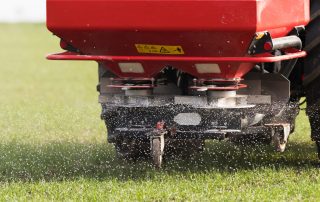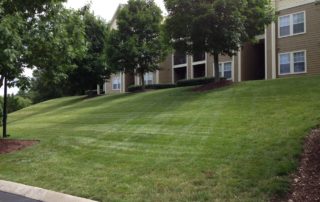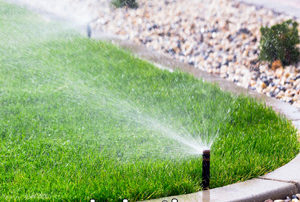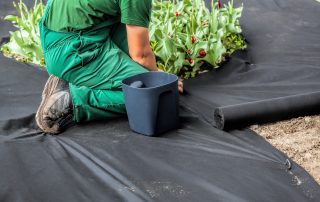Continue Mowing Your Lawn in the Fall
Even though the Fall season has officially begun, your lawn will continue to need your attention, including mowing, at least until after the first hard frost. This is because the grass is actively absorbing the moisture and nutrients it needs to get through the dormant winter so it will continue to need your attention. Therefore, Fall lawn maintenance and care are critical. During this season, grass growth slows down. However, it's best to stick with your lawn mowing routine. As the season progresses, you should lower your cutting height on the lawn mower to remove one-quarter to one-third of the grass blade. Continue doing this until the lawn is about two inches tall and the grass is still actively growing. This will allow sunlight to reach the grass. Continuing to mow your lawn so that it is short over the winter season will help prevent snow mold when springtime arrives. This is just part of the process of preparing the lawn for spring. Besides continuing to mow, you'll also need to aerate the soil. This allows oxygen, water, and fertilizer to reach the grass's roots. Also, rake the leaves so that these don't block that same oxygen, water, and fertilizer from reaching those roots. Also, if left to pile up and get wet, fungal diseases could appear that eventually kill the grass. Additionally, other fall lawn chores include fertilizing your lawn and filling in bald spots on your grass with an all-in-one lawn repair mixture. Weed control is another important task in the Fall that will help your lawn remain healthy through winter and into spring. If you need assistance with mowing your lawn during the Fall season, contact us today. We can take care of mowing, fertilizing, weeding, and more.








